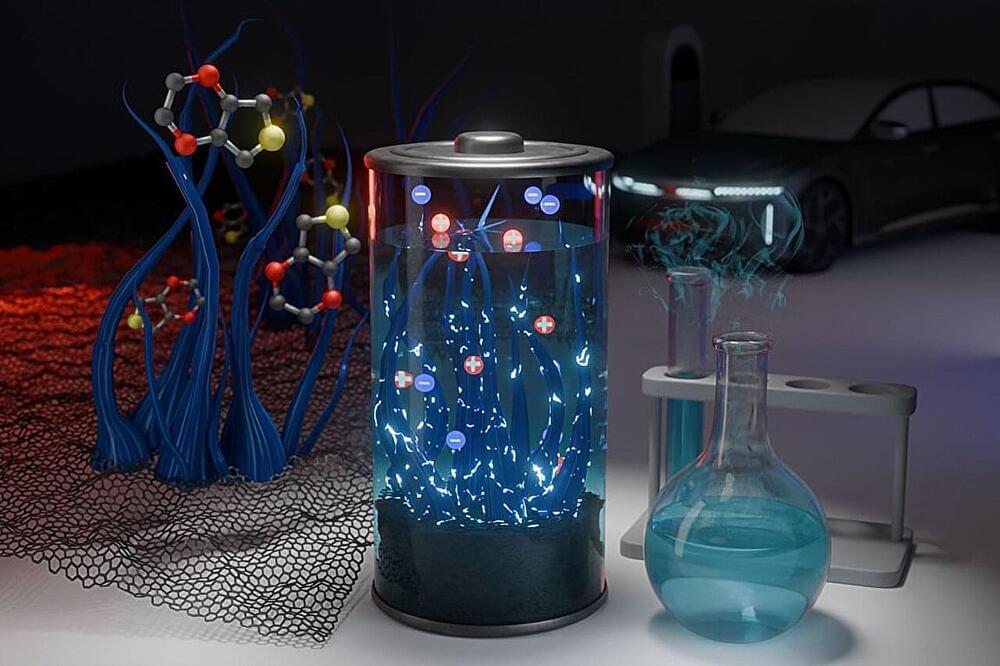Microscale light-emitting diodes (micro-LEDs) are emerging as a next-generation display technology for optical communications, augmented and virtual reality, and wearable devices. Metal-halide perovskites show great potential for efficient light emission, long-range carrier transport, and scalable manufacturing, making them potentially ideal candidates for bright LED displays.
However, manufacturing thin-film perovskites suitable for micro-LED displays faces serious challenges. For example, thin-film perovskites may exhibit inhomogeneous light emission, and their surfaces may be unstable when subjected to lithography. For these reasons, solutions are needed to make thin-film perovskites compatible with micro-LED devices.
Recently, a team of Chinese researchers led by Professor Wu Yuchen at the Technical Institute of Physics and Chemistry of the Chinese Academy of Sciences has made significant strides in overcoming these challenges. The team has developed a novel method for the remote epitaxial growth of continuous crystalline perovskite thin films. This advance allows for seamless integration into ultrahigh-resolution micro-LEDs with pixels less than 5 μm.







